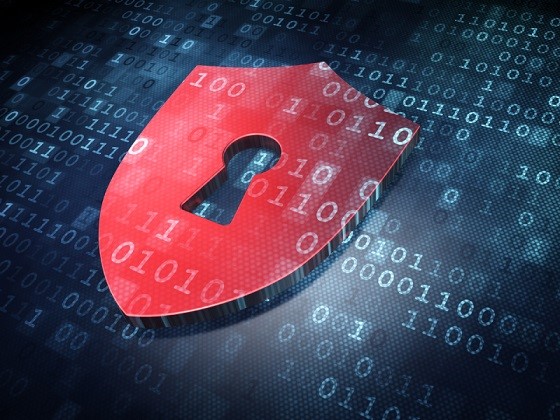Your dedicated server is only as secure as the most outdated piece of software currently running on it. Overlooking a single program gives hackers the foothold they need to enter your dedicated server and wreak havoc. Before you know it, they’ve accessed business records and other confidential data, and the only thing stopping them from releasing that information is an encryption standard that will likely be broken within the next two to three years. How can hackers take advantage of outdated software, and what can you do to minimize your risk?
The Cost of Outdated Software
Hackers can access data or even take control of your dedicated server by exploiting vulnerabilities in either the operating system or individual programs. Microsoft and Apple provide regular updates to patch security vulnerabilities, but they only provide support for about 10 years after a product is released. For example, Microsoft has already discontinued Windows Server 2003 support.
Personal computer users who still run Windows XP will need to update to Windows 7, 8 or 10 by next year or risk vulnerabilities that the company is calling “zero day forever.” Eventually, Microsoft will discontinue support for Windows Server 2008, and any servers running those operating systems will face an increasing number of known security vulnerabilities with no patches in sight.
Ironically, hackers often look at security patches to determine which part of the code changed. Most updates apply to multiple versions of Windows, so they’re often able to reverse engineer a Windows Server 2012 security patch to find out vulnerabilities in older versions.
Update Everything
Once hackers are in, they can cause quite a bit of damage. They can steal or corrupt data, edit websites, and even damage a dedicated server hardware by adjusting voltages and fan speeds. Fixing corrupted programs and files will require far more downtime than applying a software update, which slows your day-to-day operations to a halt and can even cost you clients.
Most software uses an automatic updating feature to stay up-to-date. While each program will notify you when there’s a new update available, you’ll likely need to confirm the update to patch it. If you need to manually update software, create a checklist and search for software updates at least twice a week.
While your operating system is likely the most complex program your dedicated servers run, almost any type of server software requires extensive permissions to read and write data. If you’re running multiple dedicated servers, a single vulnerability in one machine is a vulnerability in all.
Your server control panel is an especially important program to update because it provides access to nearly all of the server’s basic functions. Through your control panel, you can manage FTP accounts and various databases, configure email accounts, and edit files with ease. Failing to update your server’s control panel is like handing a car thief your keys.
Active Hosting Providers
Unfortunately, software updates take time, and if you run dozen of different applications on a single dedicated server, you’ll spend many hours every week just making sure that the operating system, control panel, and other applications are up-to-date.
If you find yourself overwhelmed, consider switching to a hosted provider that takes care of these tedious but vitally important updates for you. Some providers will take care of all of your dedicated server’s day-to-day operations and free up your time for more important tasks.
By outsourcing your server needs, you won’t have to hire IT staff to perform routine maintenance, which should more than offset your hosting provider’s costs. You’ll also have access to a team of highly trained and experienced IT professionals, who will minimize downtime while working around the clock to restore any lost data.

 Call us at 1-888-GTCOMM1
Call us at 1-888-GTCOMM1



